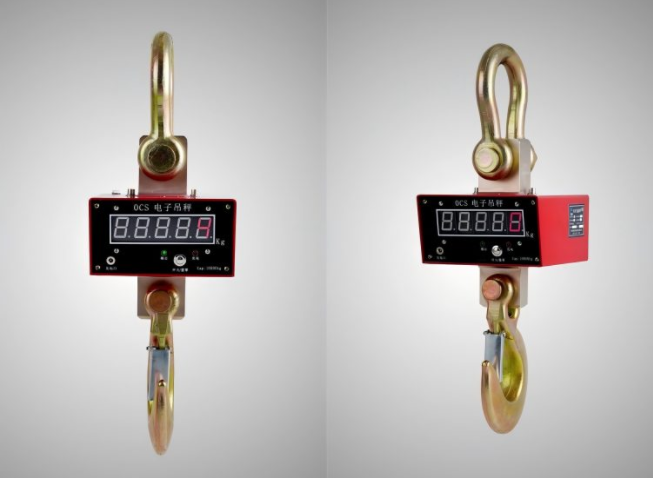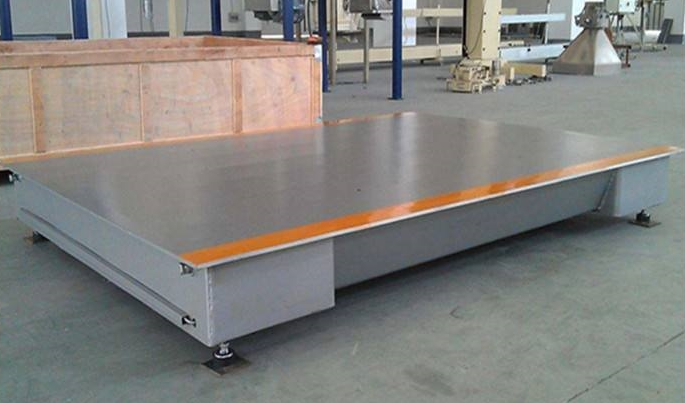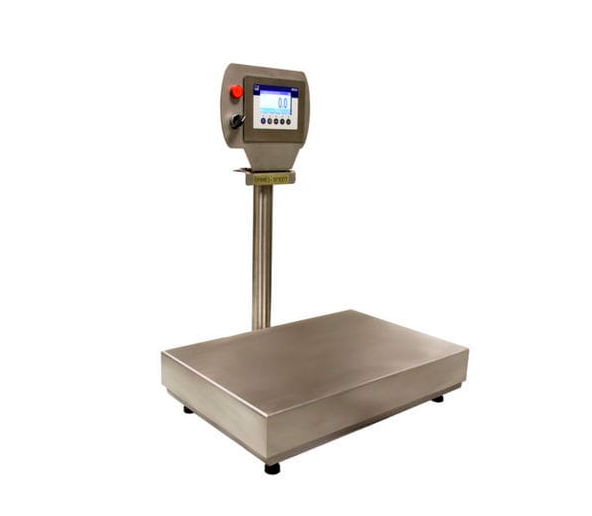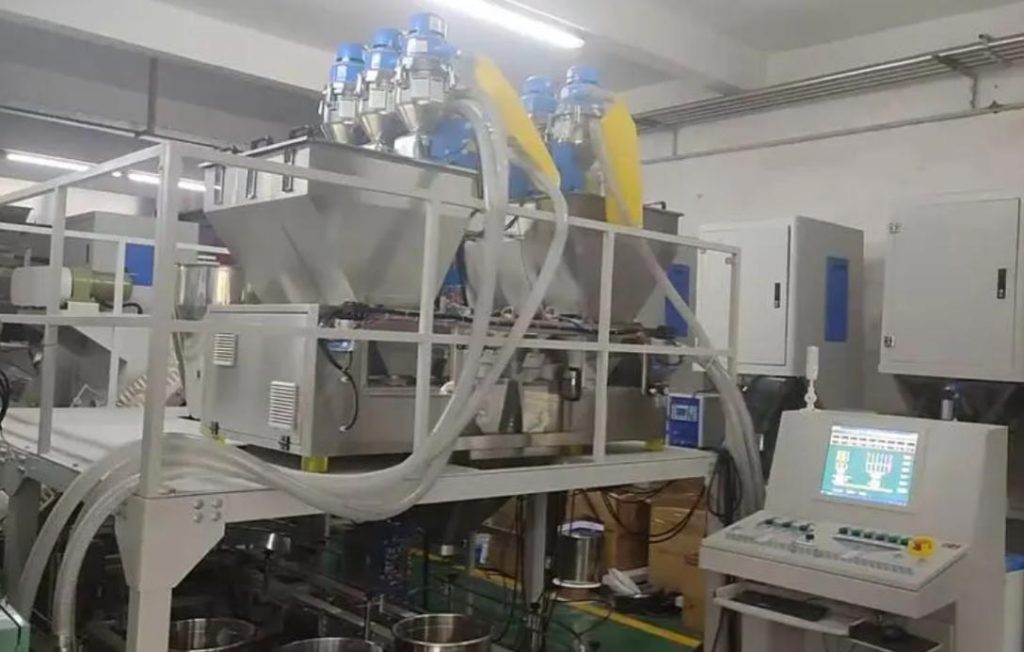How Does Tank Weighing System Work?
The tank weighing system, also known as the tank scale, is used to accurately measure and control the weight of materials in the tank and is widely used in various industries. These systems ensure precise inventory management, optimize production processes and maintain safety standards. This article explores the operation mode, components, working steps, and applications of a load-based tank weighing system.
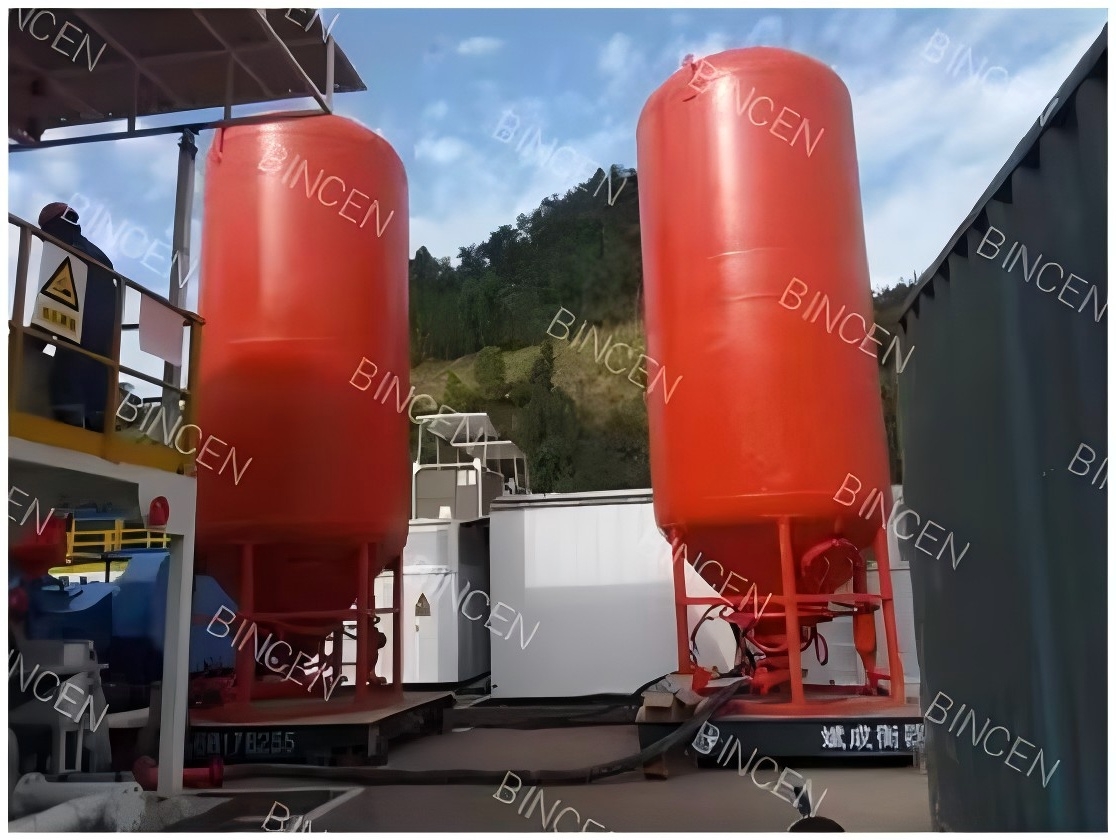
Load-Based Tank Weighing System
A load-based tank weighing system is a sophisticated method used to measure the weight of the contents in a storage tank accurately. Unlike other measuring techniques, such as flow meters or level sensors, load-based systems directly measure the total weight of the tank and its contents, providing highly accurate and reliable data. This method is especially advantageous for industries where precise weight measurement is crucial for inventory management, production control, and safety.
Key Advantages of Load-Based Tank Weighing Systems:
- High Accuracy: Load cells provide precise weight measurements, which are crucial for applications requiring exact weight data. The accuracy of load-based systems can reach up to 0.1% of the full-scale capacity, making them suitable for high-stakes industries like pharmaceuticals and chemicals.
- Versatility: These systems can be used with tanks of various sizes and shapes, handling different types of materials, whether they are liquids, gases, or solids. This versatility makes load-based systems a universal solution for weight measurement across different sectors.
- Durability and Reliability: Load cells are built to withstand harsh industrial environments. They are typically constructed from materials like stainless steel, which resist corrosion and wear, ensuring long-term reliability and minimal maintenance.
- Ease of Integration: Load-based weighing systems can easily integrate with existing industrial automation systems. This integration capability allows for seamless data collection, monitoring, and control, enhancing overall operational efficiency.
- Real-Time Monitoring: The system provides continuous, real-time weight data, which is essential for dynamic processes where the material weight changes frequently. This real-time data helps in maintaining optimal process control and ensuring timely interventions if needed.
Components of a Tank Weighing System
A tank weighing system requires precision and reliability to ensure accurate weight measurements. The key components of a tank weighing system include load cells, mounting assemblies, junction boxes, weight indicators/controllers, and the necessary cables and connectors. Each of these components plays a crucial role in the overall functionality of the system.
- Load Cells: Load cells are the heart of any tank weighing system. These weighing sensors are responsible for measuring the force exerted by the weight of the tank and its contents. Load cells come in various types, including compression, tension, and shear beams, each suited for different applications and tank configurations. The basic function of a load cell is to convert the mechanical force into an electrical signal. This conversion is achieved through strain gauges attached to the load cell body, which deform under load, changing their electrical resistance. The precision and accuracy of the load cells directly impact the overall performance of the tank weighing system.
- Mounting Assemblies: Mounting assemblies are crucial for ensuring that load cells are properly positioned and secured. These assemblies provide a stable base for the load cells and protect them from environmental factors such as vibration, temperature changes, and potential physical damage. Proper mounting is essential to ensure even weight distribution and accurate measurements. Mounting assemblies often include features like overload protection, which prevents damage to the load cells from excessive weight, and thermal isolation to mitigate temperature-induced measurement errors.
- Junction Box: The junction box is an integral component that collects electrical signals from multiple load cells and combines them into a single output. This combined signal is then sent to the weight indicator or controller. Junction boxes are equipped with signal trim controls, allowing for individual load cell adjustments to ensure that each cell contributes accurately to the overall weight measurement. This balancing act is crucial for achieving high-precision readings, especially in large tanks where multiple load cells are used.
- Weight Indicator/Controller: The weight indicator or controller is the interface that displays the weight measurement to the user. It processes the combined signals from the junction box and converts them into readable weight values. Modern weight indicators offer a range of functionalities, including digital displays, data logging, and integration with computer systems for automated process control. Controllers can also trigger alarms or other actions based on predefined weight thresholds, making them an essential tool for inventory management and process optimization.
- Cables and Connectors: Reliable cables and connectors are necessary to ensure the secure and accurate transmission of electrical signals between the load cells, junction box, and weight indicator. These components must be robust enough to withstand the environmental conditions of the installation site, such as moisture, dust, and temperature fluctuations. High-quality cables and connectors minimize signal loss and interference, which is vital for maintaining the precision and accuracy of the weighing system.
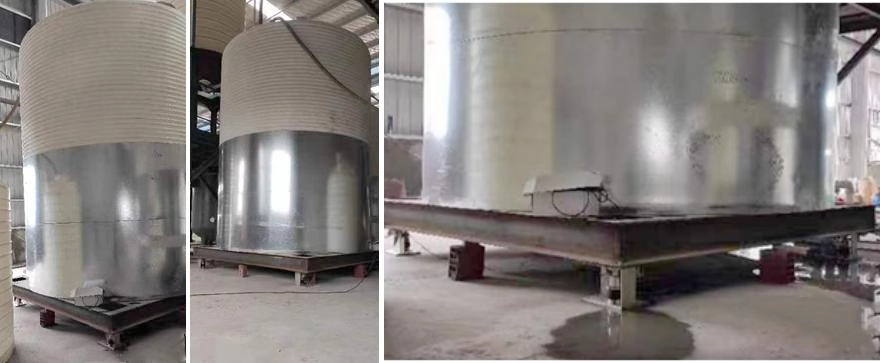
Tank Weighing System Working Steps
The working principle of a tank weighing system is a precise and continuous process, here is a general step-by-step procedure:
| Step | Description |
| Tank Placement | The tank is carefully positioned on top of the load cells. It’s crucial to ensure each load cell receives an equal share of the weight for accurate readings. |
| Weight Detection | As the weight of the tank and its contents increases, the load cells experience a slight compression due to the applied force. |
| Signal Generation | The compression in each load cell triggers a tiny electrical signal. The strength of this signal is directly proportional to the amount of weight applied. |
| Signal Transmission | The electrical signals from all the load cells travel through a secure cable system to a junction box. |
| Signal Processing | The junction box transmits the combined signal from all the load cells to the digital indicator/controller. |
| Weight Conversion | The controller interprets the received signal and performs a conversion. It translates the signal strength into a specific weight value based on the calibration settings of the load cells. |
| Weight Display | Finally, the controller displays the calculated weight on a user-friendly digital screen, allowing for real-time monitoring of weight changes within the tank. |
Applications of Load-Based Tank Weighing System
Load-based tank weighing systems offer a wide range of applications across various industries, ensuring accurate inventory control, process optimization, and improved safety. Here’s a detailed look at how these systems benefit specific sectors:
Chemical Industry
- Accurate Inventory Management: Precise weight monitoring of hazardous chemicals ensures compliance with regulations and prevents accidental spills. Real-time data allows for controlled mixing ratios and eliminates discrepancies during transfers.
- Leak Detection: Sudden weight drops can indicate potential leaks, enabling prompt intervention to minimize product loss and environmental damage.
- Streamlined Production: Integrating tank weighing systems with automated processes facilitates precise batching and dosing of chemicals, leading to consistent product quality.
Food & Beverage Industry
- Portion Control: Accurate weight measurements guarantee consistent product portions, reducing waste and ensuring compliance with recipe specifications.
- Inventory Tracking: Real-time weight data simplifies inventory management, preventing stockouts and overstocking of ingredients.
- Mixing and Blending: Precise weight monitoring during mixing processes ensures consistent product quality and taste profiles.
Pharmaceutical Industry
- Strict Dose Control: Accurate weight measurements are critical for precise medication dosing, ensuring patient safety and regulatory adherence.
- Inventory Management: Real-time weight data helps track expensive and potentially hazardous pharmaceutical ingredients, minimizing shrinkage and waste.
- Batching and Filling: Integration with automated filling systems ensures accurate dispensing of medication quantities.
Oil & Gas Industry
- Inventory Control: Monitoring tank weight levels helps track oil and gas reserves, optimize transportation logistics, and prevent product loss due to leaks or theft.
- Blending Operations: Precise weight measurements allow for accurate blending of different oil grades, ensuring product quality and meeting customer specifications.
- Safety Measures: Real-time weight data can be used to trigger alarms for critical weight thresholds, preventing tank overflows and potential environmental hazards.
Water Treatment Plants
- Accurate Dosing: Tank weighing systems ensure precise dosing of treatment chemicals like chlorine, guaranteeing safe and efficient water treatment processes.
- Water Level Monitoring: Real-time weight data helps monitor water levels in storage tanks, preventing overflows and ensuring sufficient water reserves.
- Chemical Inventory Control: Accurate weight measurements allow for effective management of water treatment chemicals, minimizing waste and ensuring cost-efficiency.
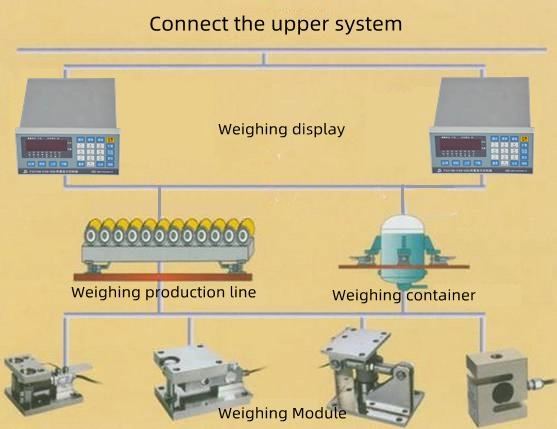
Storage Tank Scale Manufacturer: Bincen
Bincen leads the storage tank scale manufacturing industry with a commitment to precision, durability, and innovation. Their extensive experience ensures they design and manufacture scales for various applications, providing accurate and reliable weight measurements. We offer a wide range of scales, including standard, heavy-duty, and high-precision systems, as well as custom solutions tailored to specific needs.
Our systems incorporate cutting-edge technology, using high-quality load cells, smart weight indicators with digital displays and remote monitoring, and robust mounting assemblies. Ensuring quality through rigorous processes and ISO standards, BINCEN provides comprehensive support services, including installation, training, maintenance, and technical support. Our solutions are essential for efficiency, safety, and compliance in various industries. Committed to sustainability, We focus on developing eco-friendly, energy-efficient products.
BINCEN is a trusted partner for industries seeking precise, reliable, and innovative weight measurement solutions, setting the standard in the tank weighing industry.
In any need for a tank weighing system? Contact us now to get the best weighing solution.

